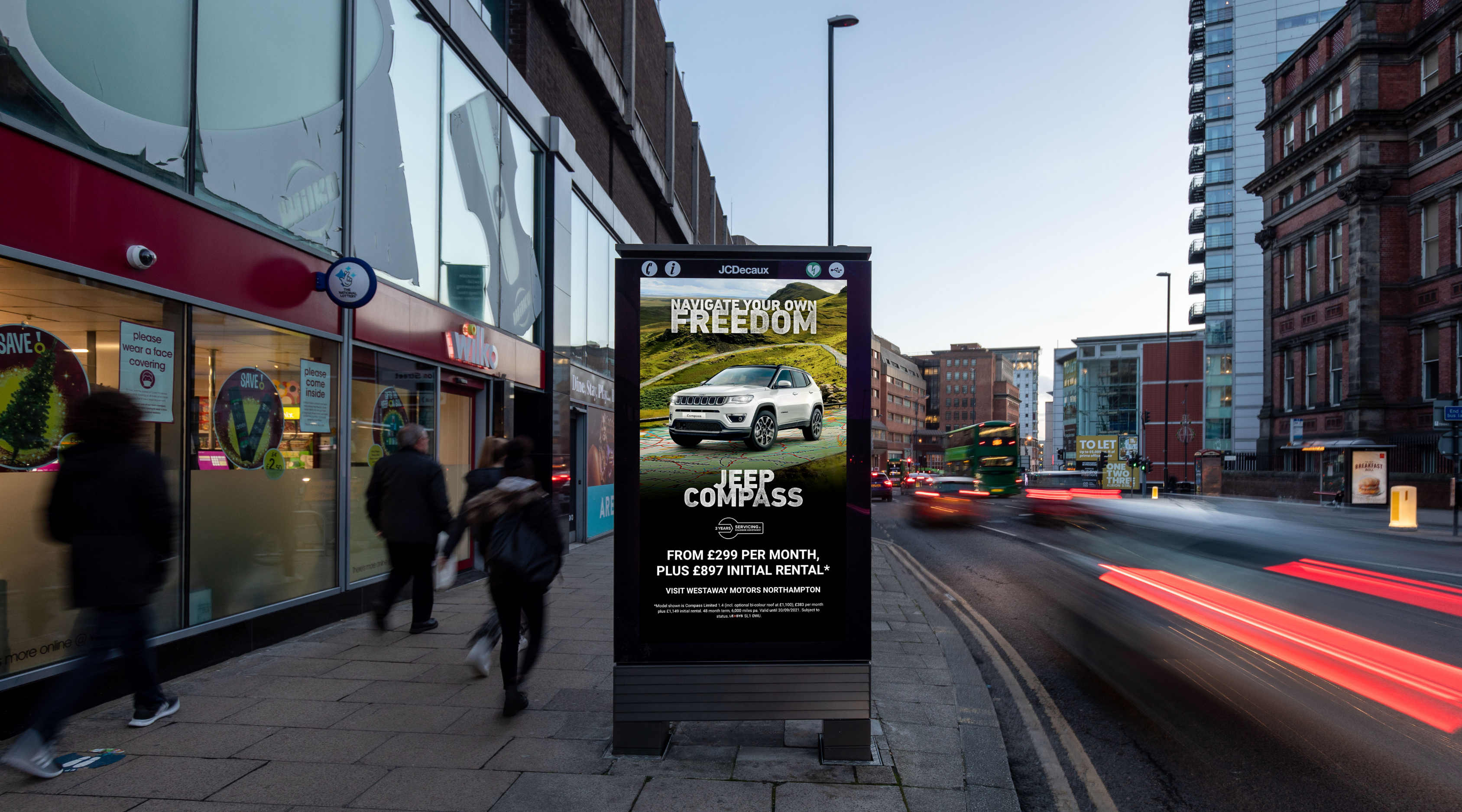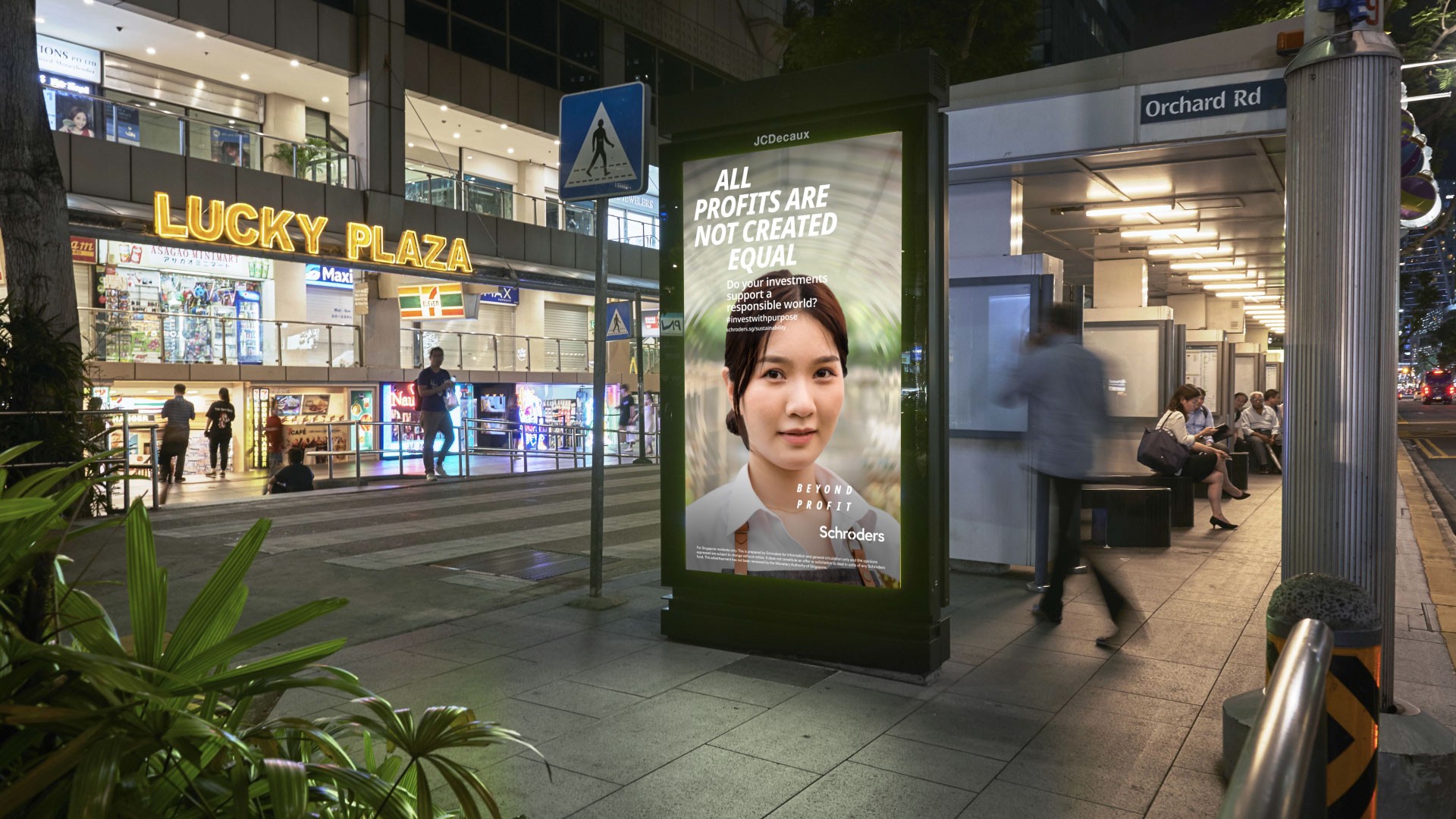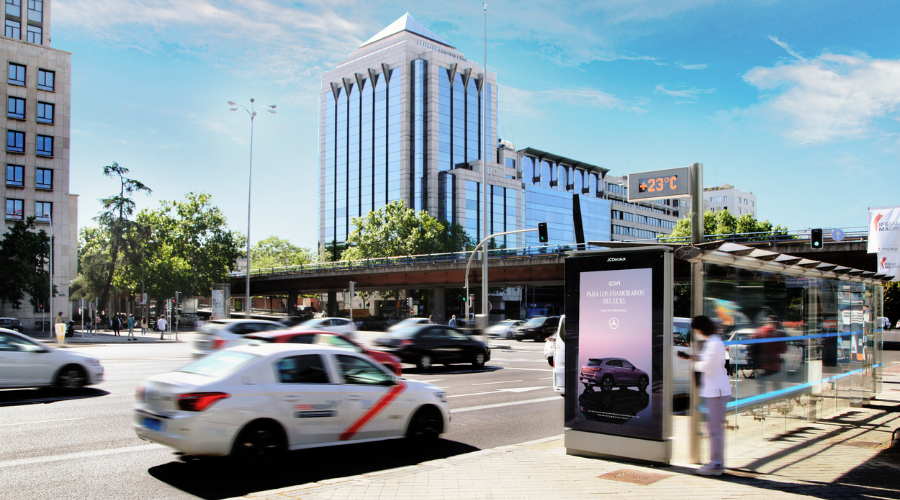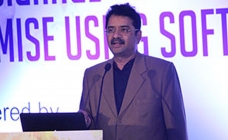‘Prospects bright for pDOOH inclusion in omni-channel campaigns’
By Rajiv Raghunath - July 01, 2022
Calvin Chan, CEO - China, VIOOH shares his thoughts on the pDOOH opportunities in mainland China and Hong Kong markets, in an interview with Rajiv Raghunath. Edited excerpts:
 What is the current share of pDOOH in the overall DOOH spend in China & Hong Kong markets? In your view, what factors will contribute to the growing share of pDOOH advertising in the DOOH ad pie?
What is the current share of pDOOH in the overall DOOH spend in China & Hong Kong markets? In your view, what factors will contribute to the growing share of pDOOH advertising in the DOOH ad pie?
Digital OOH already accounts for 66% of overall ad spend in OOH, according to a recent media landscape report released by GroupM China. We expect programmatic in DOOH to follow the same trajectory as programmatic in other channels, which according to eMarketer, is currently at 78% of total digital display ad spend in China.
Advertisers in mainland China are faced with many challenges, such as, the plateauing of user growth, rising media costs and concerns around ad fraud and brand safety in mobile advertising. As a result of these challenges, both DOOH and OTT (connected TV) are seeing more interest and share of ad spend, as they present a credible and brand-safe media channel that provides an effective reach for consumers.
Brands in mainland China have also been undergoing digital transformation, and the adoption of adtech and martech solutions are certainly laying down a solid foundation for more demand in programmatic advertising across omni-channel channels, including the obvious “last frontier” of digital OOH.

Is pDOOH attracting more advertising brands to DOOH media, especially from the MNC brands? Could you illustrate your response with some examples?
VIOOH is currently working with JCDecaux China to bring programmatic to the market, and we’re already live in Hong Kong across HKIA, street furniture and metro - covering 70% of the DOOH inventory in the market.
Both in the mainland China and Hong Kong markets, as well as globally, we are certainly seeing incremental spend into OOH via programmatic buying. Mainly this budget is from digital agencies/trading desks and DSPs, brands from different industry verticals (vs conventional OOH major spenders), as well as cross-border advertisers from government and business sectors who are seeking a more targeted and flexible buying model, especially given the uncertain nature of pandemic preventive measures in China.
A recent example of a multinational company taking advantage of the benefits of programmatic DOOH is Schroders. They ran a DOOH-led omnichannel campaign that was designed to retarget primed OOH-exposed audiences via mobile. The campaign achieved an impressive 80% mobile retargeting click-through rate (CTR). The high CTR was generated by time and day targeting and mobile retargeting after audiences had been primed via JCDecaux’s premium screens at the Mall in Orchard and CBD street furniture in Singapore.
With several major adtech companies in the pDOOH fray, what in your view helps VIOOH maintain a strong positioning in the programmatic space?
VIOOH is a world-leading supply-side platform (SSP) and we work with the most significant demand-side platforms (DSPs) in the fast-growing global programmatic OOH sector. We’re partnered with over 36 DSPs globally, including The Trade Desk, Yahoo, Hivestack and local DSPs in the Hong Kong and mainland China markets.
Moreover, we’re connected to market-leading media owners with over 20,000+ DOOH screens available globally, and we place an emphasis on premium inventory and quality screens in credible environments. Our integrated automation and programmatic trading platform incorporates JCDecaux and other OOH media owner inventory including APG, Media Frankfurt, Media Transports and Tonic Media, as well as buyers.

While pDOOH brings with it the facility for contextual advertising, are brands opting for it, and are the creatives up to speed with contextual advertising?
Data is key to serving ads which are relevant to the context and audience. VIOOH works closely with media owners and data partners to bring valuable first and third-party data for programmatic buying in the DOOH space.
We’re currently working with our media owner partners on some unique opportunities where the media owner's first-party data and second-party data are utilised. For example, from Hong Kong International Airport’s “Flight-activated ad campaigns (FAAC)” -- ad buys are triggered by flight and airport data points, which offers more precise contextual targeting for brands wanting to only target flights arriving or departing to certain destinations.
Third-party data, such as audiences and weather, can be incorporated to help inform the targeting and location strategy. For example, Crack’d used programmatic DOOH in the UK to target individual screens within cities in areas that indexed highly for vegan consumers.
We’ve also seen brands activate against their own first-party owned data, for example, Mercedes-Benz in Spain that wanted to target existing customers with programmatic DOOH to convert them to the new Mercedes-Benz electric SUV model.
Are there any challenges with regard to Internet protocols and data regulations in China when it comes to foreign advertising brands using programmatic platforms?
As always, for our expansion and operations in specific countries and territories, VIOOH China abides by local laws and regulations. Particularly in the advertising space, we are following the requirements of business licences, advertising laws, PIPL, as well as data security and cyber security guidelines.
There is no specific regulation regarding foreign brands running programmatic advertising. In fact, the local entities and HQs of the MNC brands have been placing programmatic ad campaigns across all media channels in mainland China.

Do you see pDOOH furthering DOOH’s participation in omnichannel marketing?
The future is in DOOH’s inclusion in programmatic omni-channel campaigns and increased investment in pDOOH expertise. In the mainland and HK markets, we see even more opportunities. As previously mentioned, the two “big screens” - Connected TV / OTT and DOOH screens - present a safe and impactful ad environment to engage and enhance the consumer experience in the digital economy, which is the called out core national strategy for China’s future development.
A recent example of an omni-channel campaign is one we did in the UK with Jeep. To increase sales of their hybrid SUV model, the DOOH advert was displayed to audiences within a 5km radius of the top 20 Jeep retailers across the UK. Users who were exposed to the DOOH ads were later retargeted with audio and display creatives, to maximise the likelihood of a visit to a Jeep dealership. This resulted in Jeep achieving 50% of their annual sales target and 2,833 visits to a Jeep dealership within 10 days of being exposed to an ad.
Lastly, China Advertising Association (CAA) and MMA China, the two leading industry organisations in mainland China, have been consulting ad-tech industry leaders and publishing standards for DOOH, which includes a programmatic component. We are further seeing more and more dialogues and focus around pDOOH led by IAB Hong Kong. VIOOH will continue to participate and contribute to these industry efforts across the markets we operate in.

Stay on top of OOH media trends








